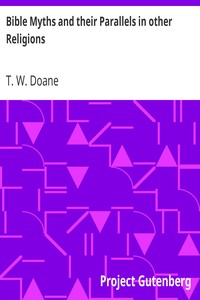Teacher prompt: “Why was the inclusion of smudging during the swearing in of Paul Martin’s cabinet a milestone in the relationship between the Canadian government and Canada’s Aboriginal people?”
Smudging involves burning a small amount of usually sage, cedar bough or sweetgrass — medicine to Indigenous people and cleansing oneself with the smoke.
Canadian Connections: Analyse how specific laws or historical events have affected relationships between the state and groups holding particular religious beliefs.

A child holds a bowl with burning sage — called smudging — an act that was subject of debate in Canada. (Martha Troian/CBC)
Canadian Connections:
Teacher prompt: “What was the reason for the French legislation on secularism and conspicuous religious symbols, and what response has it prompted?
First Nation, Métis and Inuit religions in Canada vary widely and consist of complex social and cultural customs for addressing the sacred and the supernatural. The influence of Christianity — through settlers, missionaries and government policy — significantly altered life for Indigenous peoples. In some communities, this resulted in hybridized religious practices; while in others, European religion replaced traditional spiritual practices entirely. Though historically suppressed by colonial administrators and missionaries, especially from the late 19th- to mid-20th centuries, many contemporary Indigenous communities have revived, or continue to practice, traditional spirituality.
Explain experiences and practices of various religions and belief systems that are associated with the quest for meaning and/or spiritual understanding (e.g., ordination, the prayer labyrinth, pilgrimage, the vision quest, practices associated with mysticism) Teacher prompts: “How does the rite of passage popularly known as the vision quest RELIGIOUS AND SPIRITUAL IMPULSE 361 Grade 11, University/College Preparation (and practised in different forms by various indigenous peoples) assist seekers to discover their life purpose and meaning?” “What is the significance of ordination in Christian belief?” “What is the significance of the hajj for a Muslim?” “How is a labyrinth a metaphor for the journey of life?” “Why is the river symbolic of the spiritual quest of a Jain?”
Define and explain Terms and Concepts - agnosticism, atheism, belief, clergy, conservative, creed, cult, custom, deity, denomination, divine, ecumenism, faith, fundamentalism, habit, interfaith dialogue, laity, liberal, monotheism, mysticism, orthodoxy, pantheism, polytheism, profane, reform, ritual, sacred, secular, supernatural, tradition


Bible Myths and their Parallels in other Religions by T. W. Doane

